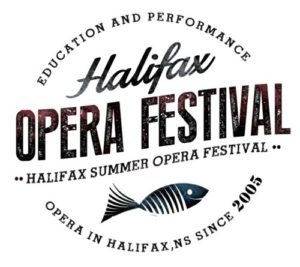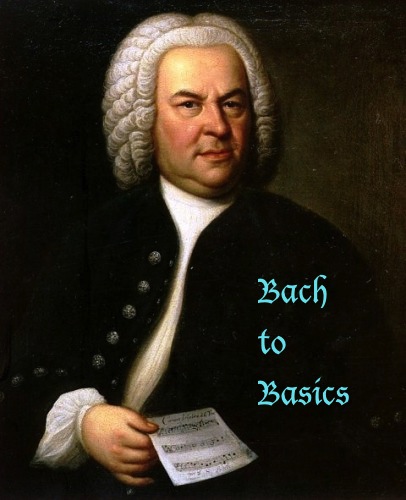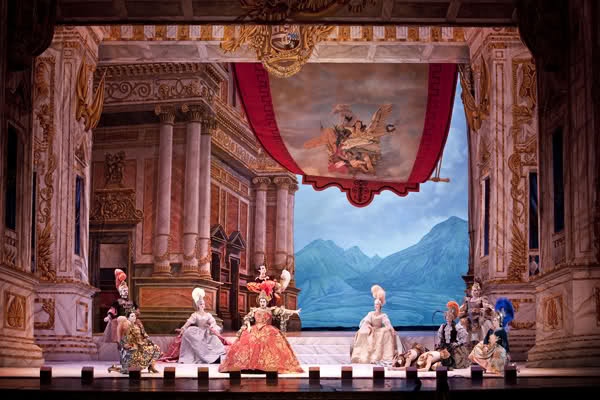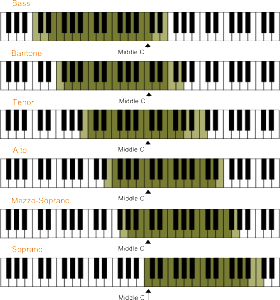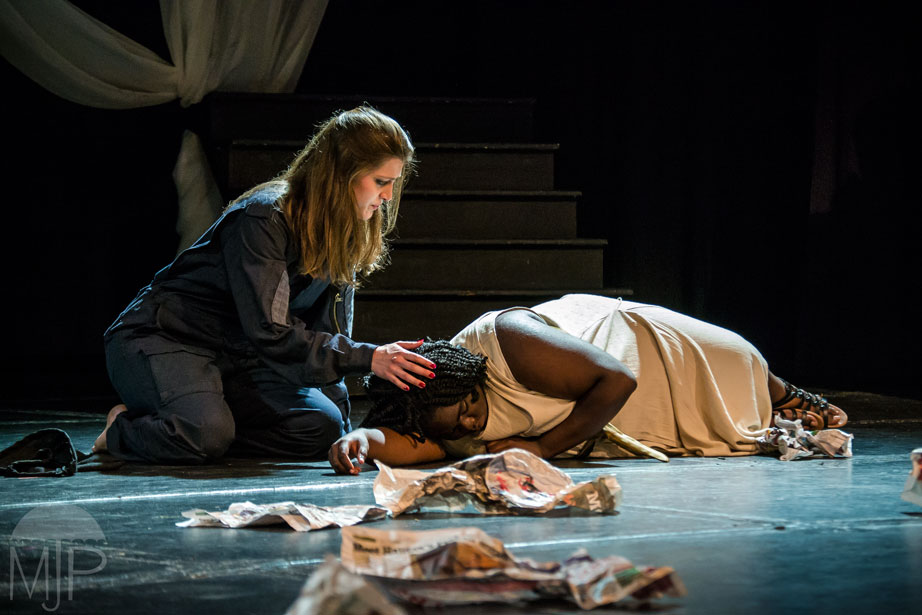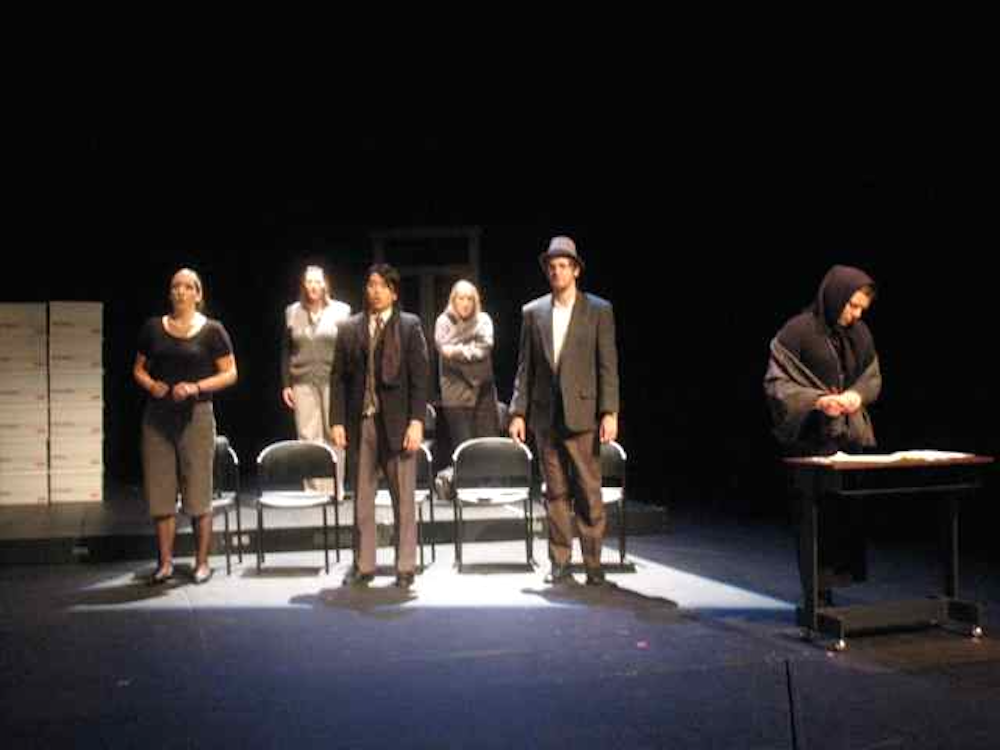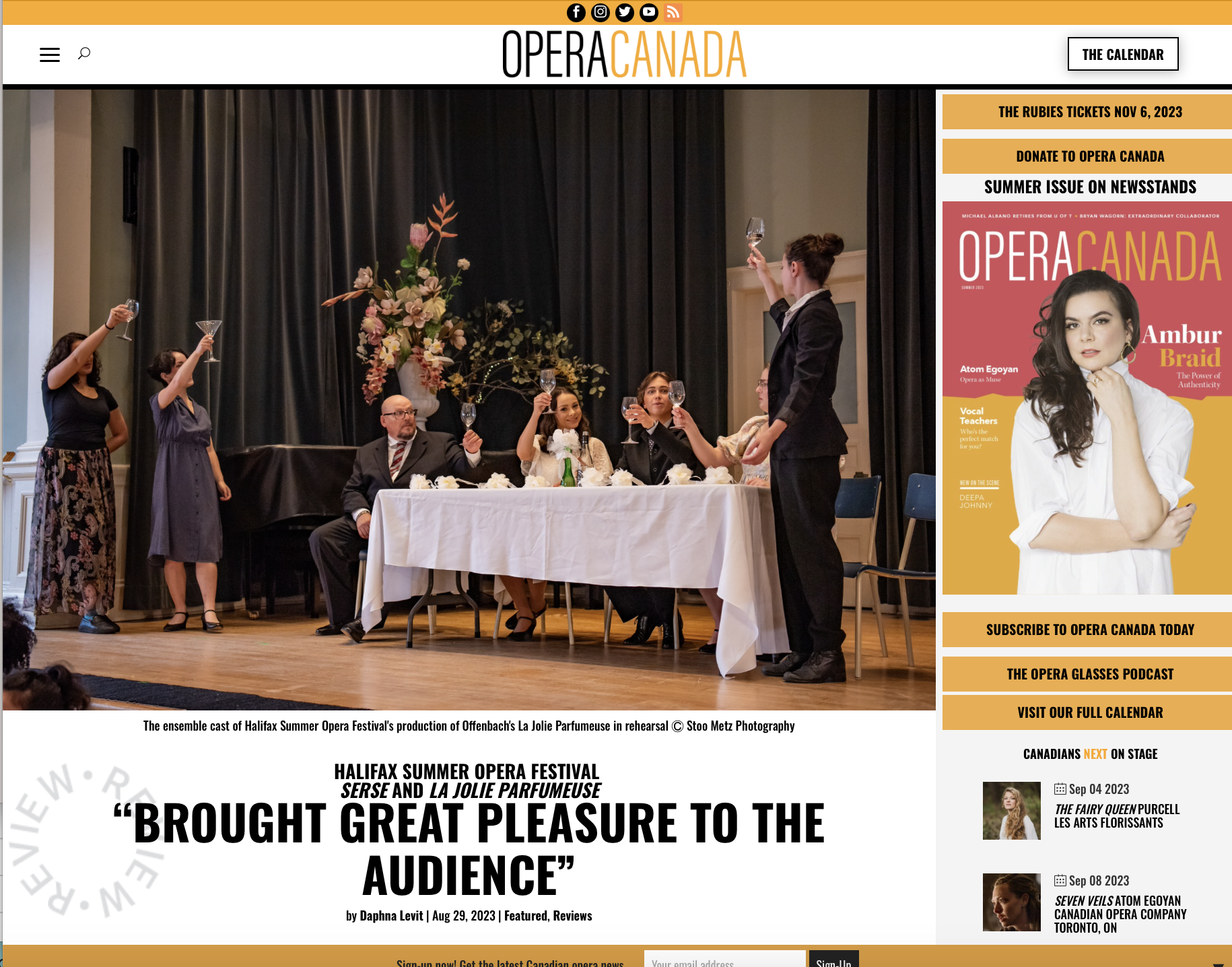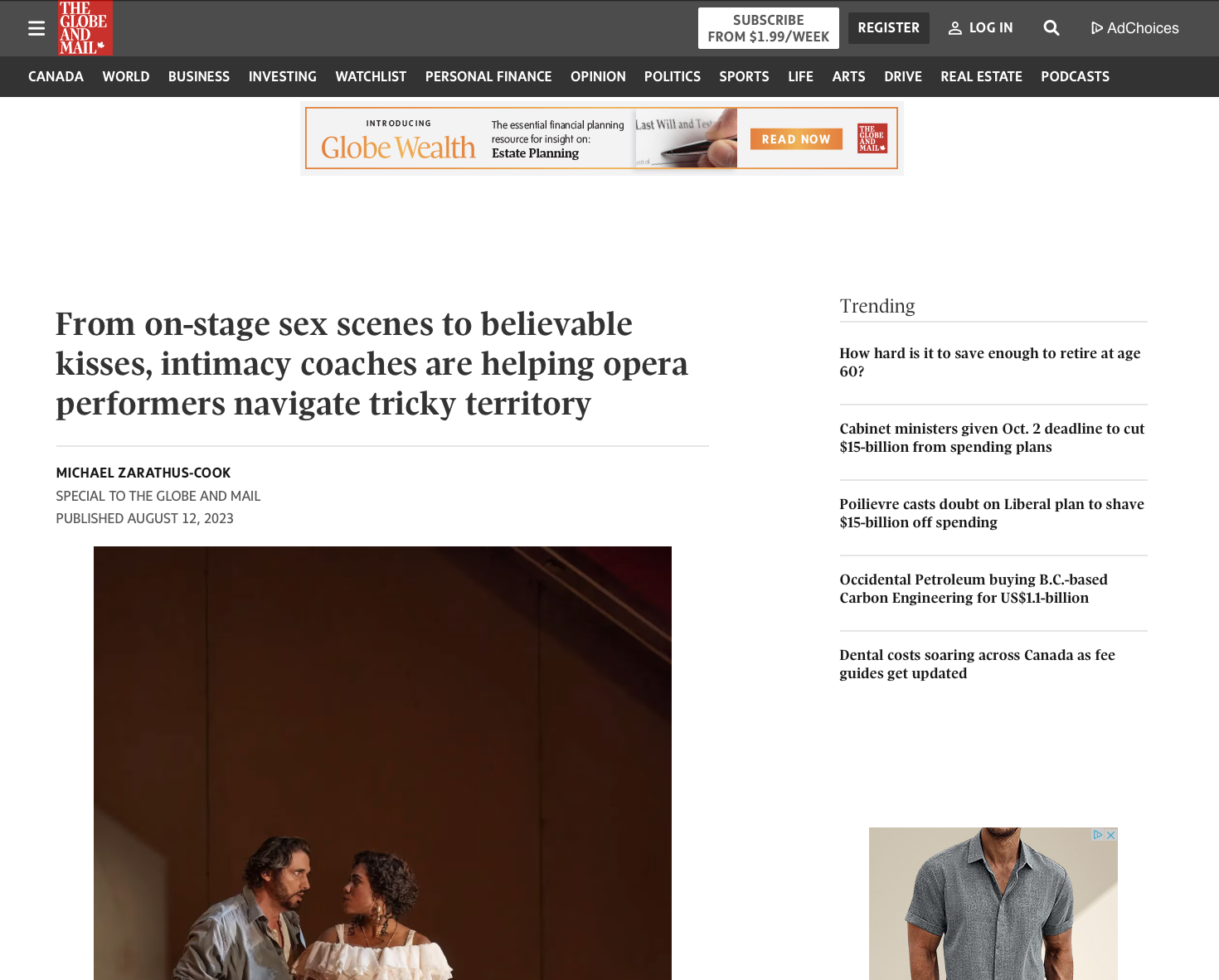Hello again my wonderful Opera friend. I am so glad that you are back to see what is in store for you next.
The HSOF would like to present to you a lovely handbook that has been concocted for you: Opera 101. The genre of Opera has been around for over 400 years so it is a tad difficult to give you an in depth analysis of the whole category for we don’t want to overwhelm you with to much information. Alas, that shall not be a problem because you don’t necessarily need to know the genre inside out to enjoy it. As long as you have a grasping for the basics it will help your experience be more gratifying.
So here we go!
OPERA 101.
First, we are going to break the genre and beginnings of Opera into 4 periods: Baroque, Classical, Romantic and 20th Century.
Let us start with the Baroque Period. This ran approximately from the 1600s to the 1750s. The art form was meant for wealthy courts and royal patrons across Europe, which explains the extravagantly ornamented character and style. Musically, composers and performers devised techniques to elaborate musical ornamentation as well as made changes in notation to develop new playing techniques. This was a major advance in the Classical cannon.
This year we are proud to present our highlighted show of the season, Handel’s Giulio Cesare with a Baroque Orchestra.
Example of scene in Baroque style
Next we have the Classical period. The definition is in the name, classic, going back to a simpler form and structure. The transition started in the mid to late 1700s. The goal was to create music that was light and elegant rather than serious and grand. Therefore dynamics (a musical term for the volume of a note) were a large part of these pieces. The importance of Classical music is to focus on the structure of a musical piece, phrase and motif. To bring perspective, the name you can associate and remember this era with is Mr. Mozart.
The next movement, the Romantic period spanned for a long time in the late 18th century dominating the arts for the better part of 2 centuries. Romanticism was a movement that was a reaction to the Industrial Movement and also a revolt against aristocracy and social/political norms of the age of enlightenment. This rebellion was embodied through the arts. Opera became bigger, more dramatic with a vast chorus and swelled orchestra.
Finally we have the 20th century. After so many talented composers created these stunning masterpieces this time period decided to honor them rather than to compose their own. Of course there are modern composers who still create wonderful pieces of music however the main focus of this time period was to honor and perhaps even recreate or modify works from the other periods by differing the amount of orchestral players used and creating dramas that are more intimate.
The next important thing that we need to learn is the different Voices that make up an opera. The information below is guideline for many of the singers have to explore outside of their ranges.
Soprano – highest female voice type, middle C to 2 C octaves above, heroine or leading lady
Mezzo – slightly lower, G below middle C to the A two octaves above, supporting role or villain
Counter – highest male voice, equivalent to mezzo-sopranos, G below middle C to a high F above one octave from middle C, Baroque roles
Tenor – leading male voice (and these guys are said to always get the lady), C below middle C to C above middle C
Baritone – middle male voice, second G below middle C to the G above it
Bass – lowest voice of all, E above middle C to the E two octaves below
To conclude our wonderful handbook I will leave you with a couple of things. First, here is a list of definitions that will be helpful to know in regards to our upcoming Festival.
Act: A portion of an opera with it’s own dramatic structure
Aria: A solo piece written for a main character focusing on their emotion
Bravo: A literal form of applause shouted by members of the audience at the end of an especially pleasing performance. Bravo = male, Brava = female, Bravi = group. If you have it in you at the end of one of our performances, shout it out!
Chorus: A group of singers, who portray unnamed characters singing in unison or as an explanatory tool
Conductor: The leader of the Opera, sometimes known as the Maestro
Libreto: The texts/words of an Opera
Operetta: A beautiful little category which is a genre of light opera. Light in both senses, musically and subject matter. In today’s English-language we know this genre closely related to Musical Theatre. This category is very important to make note of for we have an Operetta in our canon this season: Orpheus in the Underworld.
Second, here is a simple one sentence quote to understand the true essence of an Opera:
“Opera is when a Tenor and a Soprano want to make love, but are prevented from doing so by a Baritone’ – George Bernard Shaw
Stay tuned: As promised there are interviews and short videos currently being crafted in our mini series the Voice: Unlocked that will pop up in about a week or so! Ciao!
